What Are The Most Common Conditions MMJ Is Prescribed For?
MMJ Recs
DECEMBER 28, 2023
In recent years, a significant shift has occurred in the perception of medical marijuana, transforming it from a controversial substance to a recognized and, in some places, a legal form of medical treatment. Medical marijuana, however, has emerged as a potential alternative.


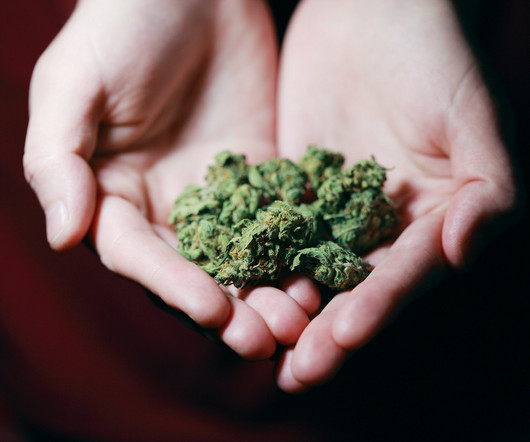
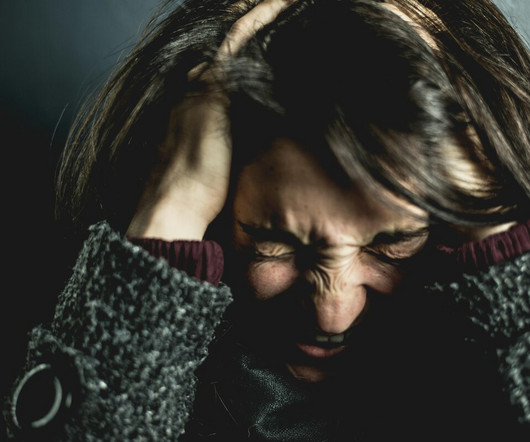


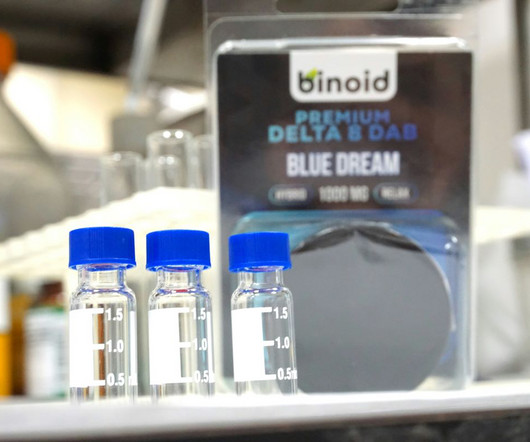

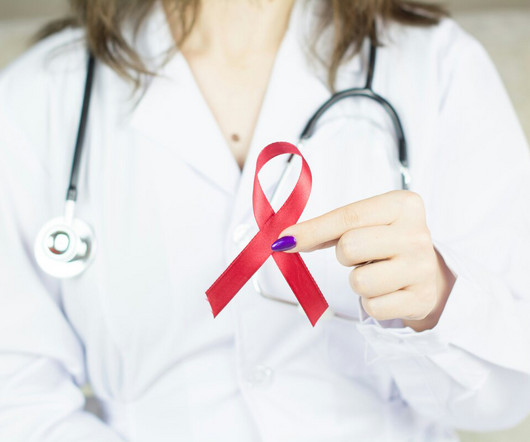

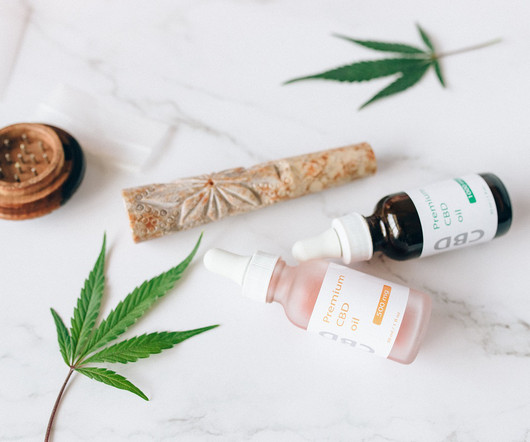








Let's personalize your content